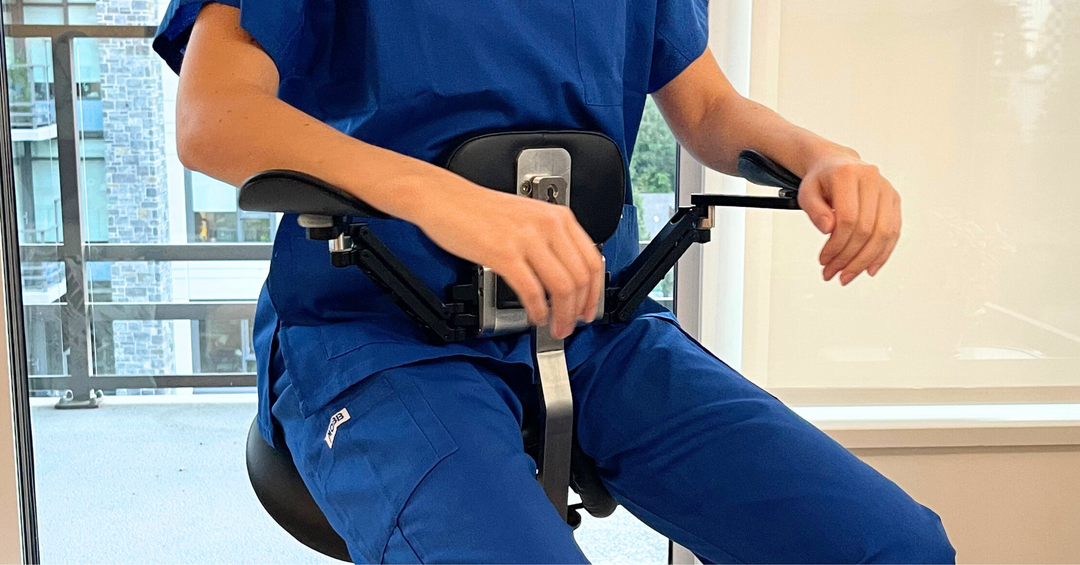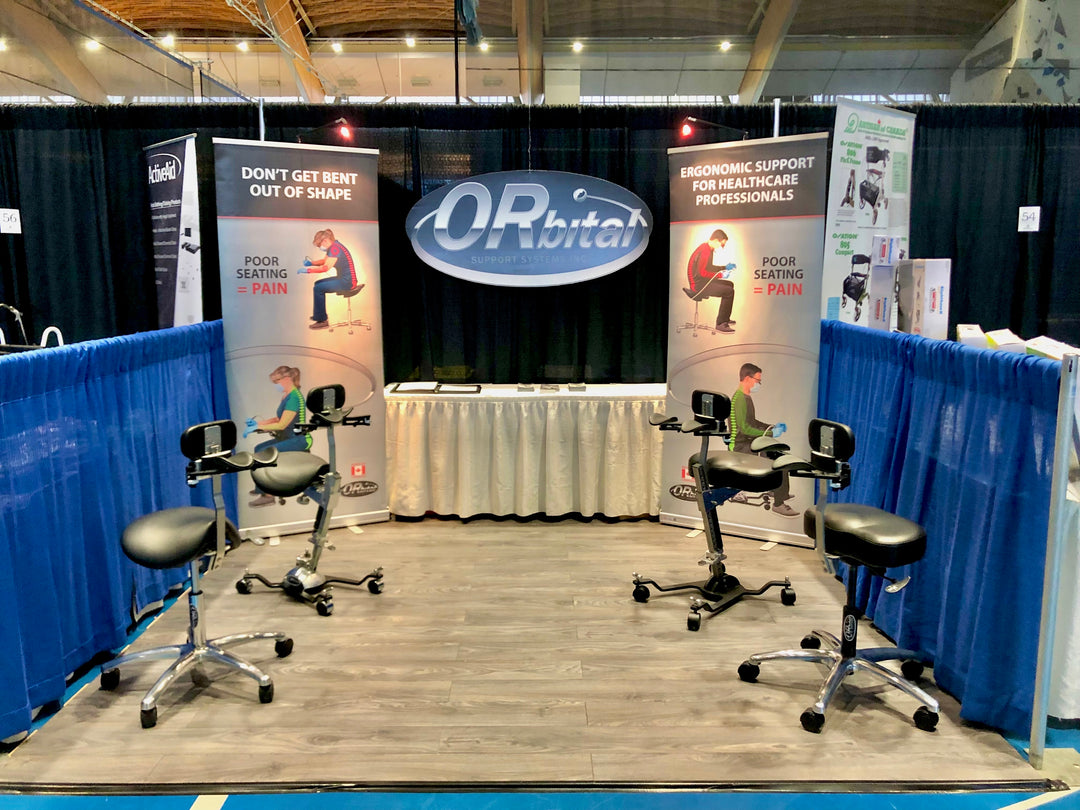The Advantages of the Saddle Seat

In the dynamic world of professions that demand long hours of focused work, the significance of ergonomic seating cannot be overstated. The traditional chair (stool), while functional, might not always cater to the specific needs of individuals engaged in tasks that require precision and extended periods of concentration. The saddle seat helps to provide an innovative seating solution that is revolutionizing the way we sit. In this blog post, we'll explore the numerous advantages that make saddle seats a compelling choice for professionals seeking both comfort and health benefits in their workspace.
Saddle seats (stools) offer several advantages, especially in professions that require individuals to spend extended periods sitting. Here are some key benefits of using a saddle seat (stool):
- Improved Posture:
- The design of a saddle seat promotes a more natural and upright posture. The saddle shape opens up the hip angle and encourages the spine to maintain its natural curve, reducing the risk of slouching and promoting better overall spinal alignment.
- Reduced Lower Back Strain:
- Saddle seat distribute body weight more evenly across the pelvis and thighs, which can help reduce strain on the lower back. This is particularly beneficial for individuals who experience lower back pain or discomfort during prolonged periods of sitting.
- Engagement of Core Muscles:
- Sitting on a saddle seat engages the core muscles more actively compared to a standard seat. This continuous engagement supports the lower back and contributes to improved muscle tone. It's like incorporating a subtle workout into your daily routine.
- Enhanced Blood Circulation:
- The open hip angle of a saddle seat improves blood circulation to the legs. This not only reduces the risk of numbness but also contributes to overall comfort during prolonged periods of sitting, making it a valuable asset for those who need to maintain focus and precision.
- Increased Mobility:
- Saddle seats allow for greater mobility and flexibility. The design enables users to easily reach different work areas without straining or twisting, making them suitable for professions that involve intricate tasks and precision work.
- Dynamic Sitting Experience:
- The dynamic sitting experience provided by the saddle seat encourages users to shift and adjust their posture regularly. This helps prevent stiffness and promotes overall comfort during extended periods of sitting.
- Tailored for Specific Tasks:
- Saddle seats are well-suited for tasks that require precision and fine motor skills, such as dental procedures or laboratory work. The design allows for improved visibility and access to the work area.
- Customizable Height and Tilt Features:
- Our saddle stools come with height adjustment and seat tilt features, allowing users to customize the stool to their preferred working height and seat angle. These adaptability features enhance the operator’s “neutral” ergonomic position when using the stool.
- Versatility:
- Saddle stools can be versatile and suitable for various professions, including dentistry, healthcare, laboratory work, and more. Their ergonomic design makes them adaptable to different work environments.
- Prevention of Musculoskeletal Issues:
- The ergonomic features of saddle seats contribute to the prevention of musculoskeletal issues, including back pain and discomfort. By supporting a more natural sitting position, saddle seats promote long-term spinal health.
Conclusion:
In the quest for a healthier and more comfortable work environment, the saddle seat (stool) provides excellent ergonomic design, coupled with the multitude of health benefits it offers, makes it a compelling choice for professionals across various industries. It is important to let your seat become a source of comfort, support, and improved well-being in your daily work routine.







